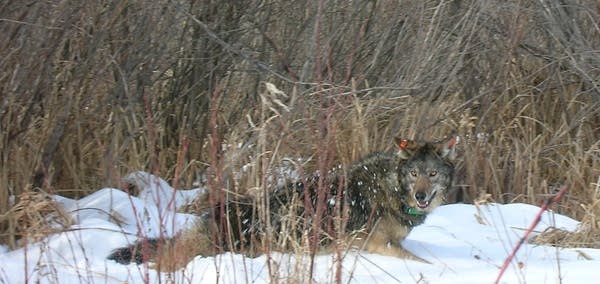Booming wolf population puts wildlife experts on notice

According to a recent survey, the wolf population is booming in Minnesota.
Photo courtesy of the Minnesota DNR file
Go Deeper.
Create an account or log in to save stories.
Like this?
Thanks for liking this story! We have added it to a list of your favorite stories.


